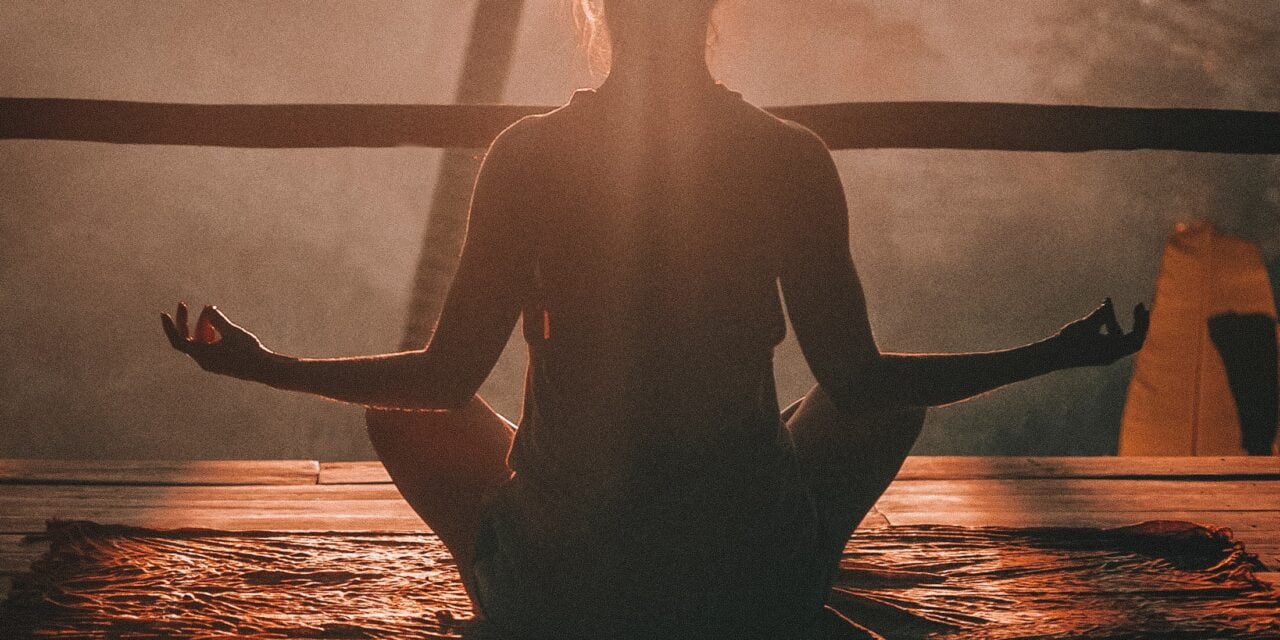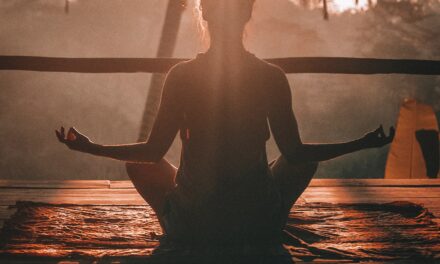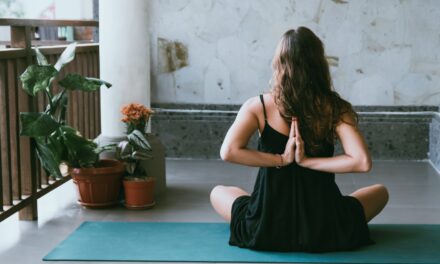Yoga—the ancient practice of controlling the body and the mind—has become an increasingly popular form of exercise and relaxation in the 21st century. From small-town studios to major cities, people of all ages, sizes and backgrounds are discovering the many benefits of yoga. But if you’re new to the practice, you may find yourself feeling a bit overwhelmed. The good news is, it doesn’t have to be that way. This beginner’s guide to yoga will help you get started, understand the different types of yoga, and stay motivated.
First and foremost, it’s important to understand why yoga is beneficial. Studies have shown that yoga can reduce stress, improve posture, and increase flexibility. It can also help to improve concentration and focus, as well as build strength and stamina. If you’re looking for a way to get in shape, reduce stress, or simply relax, yoga may be the perfect activity for you.
Once you’ve determined that yoga is right for you, the next step is to find the right type. There are several different types of yoga, each with its own style and level of difficulty. Hatha yoga is the most common type of yoga and is the perfect place to start for beginners. It’s a gentle, slow-paced practice that focuses on breathing, stretching, and relaxation. Other types of yoga include Vinyasa, which is a faster-paced practice that incorporates more movement and vigorous poses; Ashtanga, which is a more physically demanding practice that focuses on alignment and balance; and Iyengar, which utilizes props such as blocks and straps to help perfect alignment.
When you’re ready to get started, it’s important to find the right class for you. Ideally, you should look for a class that is specifically geared toward beginners. If possible, attend a few classes before committing to one. This will give you an opportunity to meet the instructor, observe the style of teaching, and get a feel for the overall atmosphere.
In order to get the most out of your yoga practice, it’s important to practice regularly. Try to set aside at least 15 minutes a day for yoga. If that’s not possible, aim for a few days a week. It may also be helpful to set a goal that is realistic and achievable. For example, if you’re working on flexibility, set a goal to be able to touch your toes by the end of the month.
Finally, remember to have fun. Yoga is a great way to relax, stay in shape, and clear your mind. Don’t take it too seriously—enjoy the journey and be mindful of your progress. With patience and dedication, you’ll soon be reaping the rewards of yoga.









